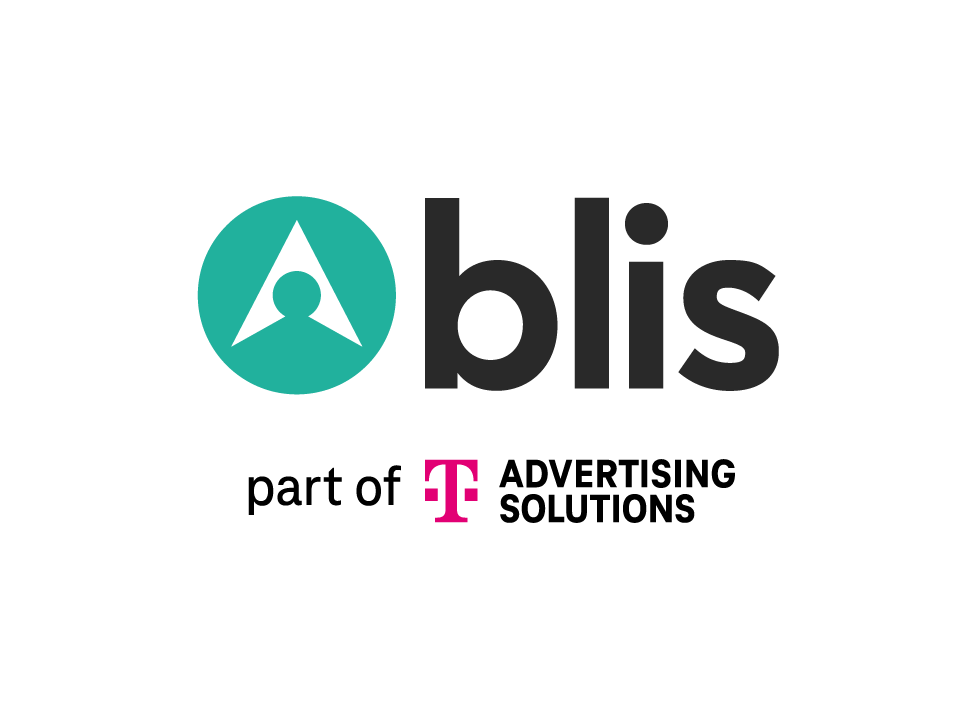For too long, marketers have been stuck in a false dilemma: Do you want reach or relevance? Mass exposure or accurate targeting?
That trade-off made sense in a world dominated by cookies and basic demographics. Today, it’s outdated and limiting. You no longer have to choose.
The smartest marketers are already unlocking both precision and scale.
Identity is crumbling, but intelligence is growing
The ad industry has spent years optimizing around identifiers like third-party cookies and MAIDs, as well as cross-device graphs to link them. These signals and tools once enabled scale and personalization across digital channels. But now the cracks are undeniable, from IDFA constraints, widespread iOS opt-outs, browser-based restrictions and evolving global privacy laws.
This signal erosion created a vacuum. Some marketers responded by leaning on blunt contextual proxies. Others are buying into ID-based targeting solutions that look increasingly like black boxes, trading transparency for the illusion of precision.
But rather than focus on the data we’ve lost, marketers should be paying closer attention to the data we can now use.
Building a new intent-focused foundation
Today’s consumers leave behind signals that go far beyond cookies and device IDs. These signals, which are grounded in real-world behavior, offer a much clearer view of intent and decision-making.
What does that look like in practice?
- Verified movement patterns and location context
- App ownership and usage behaviors
- Retail visitation and purchase history
This approach doesn’t rely on invasive tracking or identity stitching. It relies on understanding how consumers actually live, shop and engage. Individually, each of these signals can add predictive power. Together, they form a behavioral foundation that enables marketers to understand consumer intent across channels, predict who’s likely to take action next and optimize media around meaningful business outcomes.
Understanding consumer intent through app ownership, movement patterns and purchase behavior is crucial for marketers. By combining these insights, marketers can anticipate needs, target high-intent audiences and optimize campaigns to achieve tangible business outcomes such as store visits or sales lift. This approach leads to smarter planning, improved performance and greater confidence in campaign effectiveness.
Precision at scale – in action
Consider a fitness apparel brand trying to drive in-store sales. Traditional targeting might focus on women aged 25 to 34 who visit health-related websites, which is broad and easy to buy but not particularly effective.
Now imagine building an audience based on real-world intelligence:
- Consumers with fitness apps installed
- Those who frequent gyms and athletic retailers
- Shoppers who have recently increased their spending in activewear
That audience may span multiple age groups, regions and devices, but it reflects true purchase intent. It’s addressable across mobile, CTV, desktop and DOOH, and it’s measurable against real KPIs, like store visits and sales lift.
This is precision at scale, and it’s not hypothetical; it’s already happening.
The power of deterministic, privacy-first data
One of the most promising developments in this space is the usage of deterministic device data within programmatic platforms, like the recent integration of T-Mobile’s verified app usage insights into Blis’ omnichannel DSP. By layering app engagement and ownership data with real-world movement and retail signals, advertisers gain a predictive, privacy-safe view of the customer journey that legacy IDs simply can’t deliver.
It’s a fundamental shift from targeting proxies to targeting deterministic behavior, and it enables smarter planning, stronger performance and more precise measurement.
The mindset shift marketers must make
Too many strategies are still built around a false choice: reach or relevance, scale or specificity. But that trade-off doesn’t reflect how advertisers or consumers actually operate today.
In the current media landscape, precision and scale are not opposing forces; they are complementary pillars of effective marketing. The challenge is not technological. The tools already exist. The challenge is strategic: letting go of old assumptions and building campaigns on a more modern foundation.
Marketers who embrace real-world intelligence will be better equipped to reach the right audiences in the right places at the right moments and prove it with meaningful outcomes.
The trade-off era is over. Precision at scale is here.
For more articles featuring Alex Boras, click here.

















